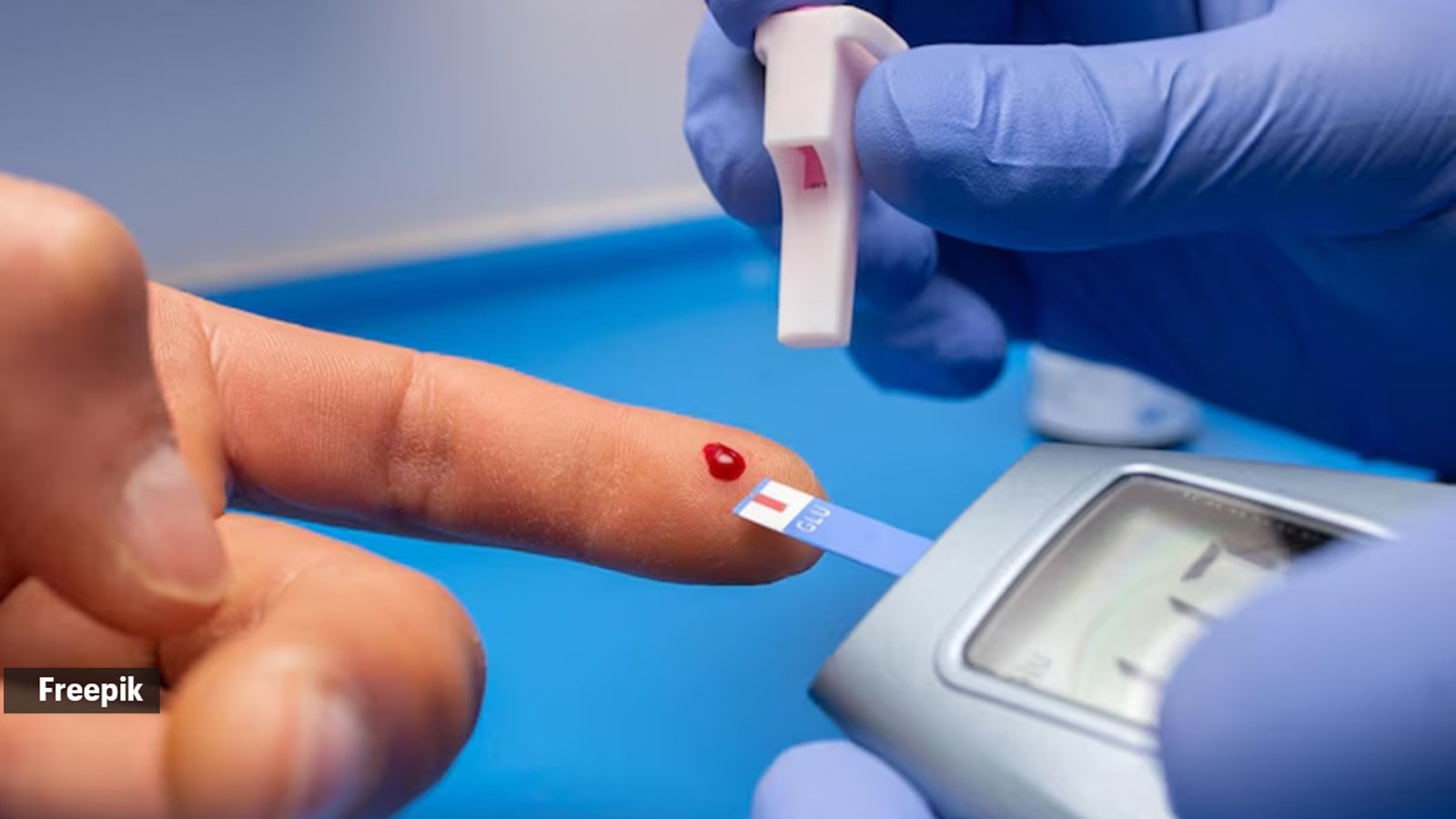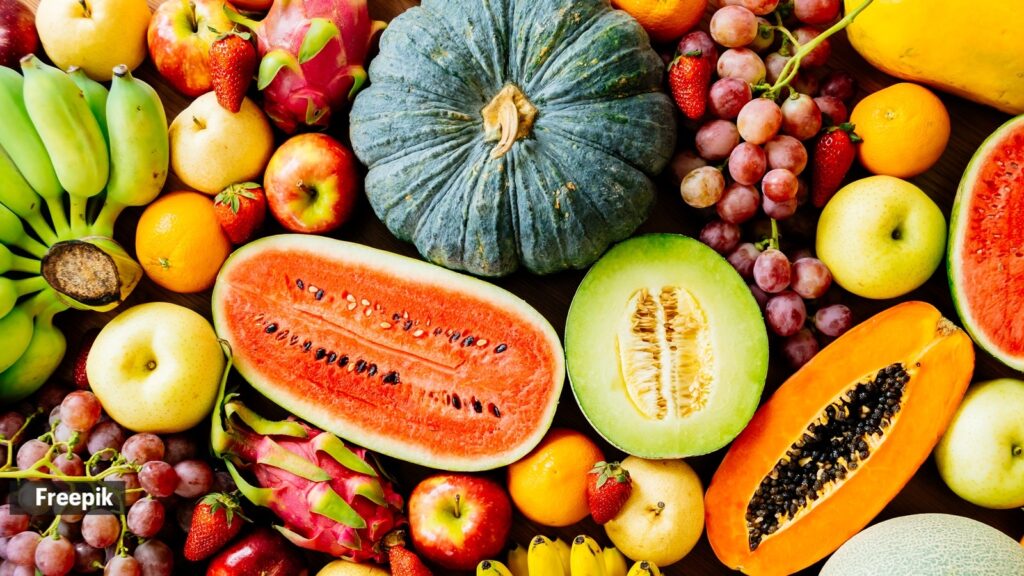970x125
We have always been taught that all fruits are good for health. They provide fiber and essential vitamins. There’s truth to the claim, but it turns out that not all fruits are beneficial for pre-diabetic and diabetic people, as fruits with a high glycemic index can spike glucose levels and do more harm than good.
970x125
So, should fruits be banned for people with diabetes or pre-diabetes? Don’t write them all off just yet. Indianexpress.com spoke to Dr Yashawant Kumar – Founder and CEO, Benefic Nutrition, and brought to you a list of fruits to avoid, and alternatives to indulge in guilt-free:
Mangoes
Mangoes are a rich source of natural sugar, typically glucose and fructose — one medium-sized mango contains around 40 to 45 grams of sugar. The fruit also has a moderate to high glycemic index of 51 to 60. This means mangoes can rapidly spike blood sugar levels. Also, since mangoes lack enough fiber, it becomes difficult for the body to balance the blood glucose level.
Better alternative – Berries, such as blueberries and strawberries, are recommended due to their low sugar (100g of strawberries contains around 4.9g sugar) and high fiber content. They are also a rich source of antioxidants and are very satiating.
Ripe Bananas
As bananas ripen, their starch starts getting converted into sugar. One medium-sized ripe banana has a glycemic index of more than 60. This makes them even sweeter and more likely to increase blood sugar levels when consumed.
Since the fruit is also low in protein and fat, it makes it difficult for the body to control the glucose spikes, especially when eaten alone. Bananas also have a lot of carbohydrates, which makes them unsafe for diabetics, who want to keep their carb intake at check.
Better alternative – Guava, which is low in sugar (100g of guavas contain around 5g sugar) and glycemic index. The fruit is also a rich source of fiber and vitamin C, which makes it an even healthier choice.
Story continues below this ad
Chikoos (Sapota)
Chikoos are extremely high in sugar (100g of chikoo contain around 20g sugar), with a glycemic index of 65 to 70. This implies the fruit can rapidly spike glucose levels, especially if taken alone. The low fiber content in chikoos means that it would be really challenging for the body to balance the high glucose levels post meal.
 Not all fruits are safe for diabetics (Source: Freepik)
Not all fruits are safe for diabetics (Source: Freepik)
Better alternative: Apples, especially when consumed with the skin intact can be a healthier alternative. It is low in sugar and GI and the fiber content can help the body manage the glucose levels really well.
Grapes
A 100 gram serving of grapes has sugar content of 16 to 18 grams and a GI of 50 to 59. This implies even a small serving of the fruit can rapidly spike glucose levels. Also grapes have thin skin and are extremely low in fiber content – the reason why the body won’t be able to manage the glucose spikes post meal.
Better alternative: Pomegranate has a comparatively lower sugar content and is a low-GI fruit. It is also a rich source of polyphenols & antioxidants, which help reduce inflammation and enhance insulin sensitivity.
Story continues below this ad
Pineapple
Depending on ripeness, a medium size pineapple has high sugar content and GI that can range between 66 and 94. This means that pineapple can lead to a rapid sugar spike in the body post-meal. Although it has some fiber content, that is not sufficient for the body to pull down sugar absorption, especially when eaten alone or in a large quantity.
Better alternative: Papaya has a low sugar content and a low GI, which indicates a slower and more managed glucose response by the body. It is also rich in fiber, which makes it enhance digestion and insulin sensitivity. Packed with vitamin C and antioxidants, it can relieve oxidative stress in the body and support immune function.
DISCLAIMER: This article is based on information from the public domain and/or the experts we spoke to. Always consult your health practitioner before starting any routine.
970x125

